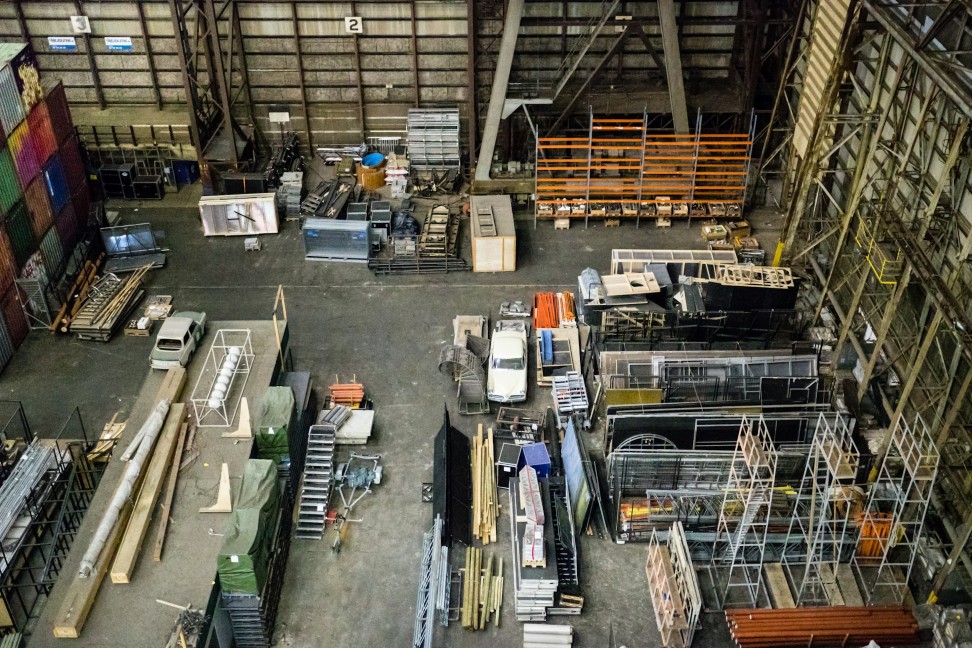The Role of Technology in Natural Disaster Preparedness and Recovery
Natural disasters have always been a recurring challenge faced by humanity. From earthquakes and hurricanes to floods and wildfires, these events can have devastating consequences on individuals, communities, and entire nations. However, advancements in technology have played a significant role in enhancing preparedness and recovery efforts when facing such calamities.
One crucial aspect of natural disaster preparedness is early warning systems. Technology has revolutionized the way we detect and predict these events, giving people crucial time to evacuate and take necessary precautions. For example, seismographs and earthquake monitoring systems can detect tremors and issue alerts, allowing individuals to seek shelter and avoid hazardous areas. Similarly, weather forecasting technologies have become far more accurate, providing timely information about approaching storms or hurricanes, enabling people to evacuate and authorities to allocate resources effectively.
Furthermore, communication technology has transformed the way information spreads during natural disasters. In the past, communication lines would often be severely disrupted, hindering rescue efforts and exacerbating the impact of a disaster. However, today, the role of technology in facilitating communication during such events cannot be overstated. Social media platforms, mobile apps, and emergency broadcast systems allow authorities to disseminate critical information to a wide population in a matter of seconds. This not only helps in coordinating rescue missions but also enables affected individuals to reach out for help and connect with their loved ones.
Technology has also facilitated post-disaster recovery efforts. Drones equipped with high-resolution cameras have become invaluable tools for assessing damages and identifying areas that require immediate attention. These aerial surveys aid in the efficient allocation of resources and enhance the decision-making process for rebuilding efforts. Additionally, advanced mapping technologies assist rescue teams in navigating challenging terrains and quickly locating survivors. This significantly expedites search and rescue operations, saving countless lives.
In recent years, the role of artificial intelligence (AI) in natural disaster recovery has grown at an exponential rate. AI algorithms can analyze vast amounts of data to predict the potential impact and aftermath of a disaster. By taking into account numerous variables, such as weather patterns, geographical features, and historical data, AI can provide insights that aid in devising effective strategies for disaster response and recovery. For example, AI-powered models can help predict the path of wildfires, allowing firefighters to allocate resources strategically and minimize damage.
In conclusion, technology has transformed how we prepare for and recover from natural disasters. From early warning systems and efficient communication to aerial surveys and artificial intelligence, these technological advancements have significantly enhanced our resilience in the face of such calamities. While technology is not a complete solution, it can undoubtedly provide the necessary tools and resources to mitigate the impact of natural disasters and save more lives in the process. As we continue to advance and innovate, we must strive to harness the power of technology to enhance our preparedness, response, and recovery efforts, ultimately minimizing the devastation caused by natural disasters.














